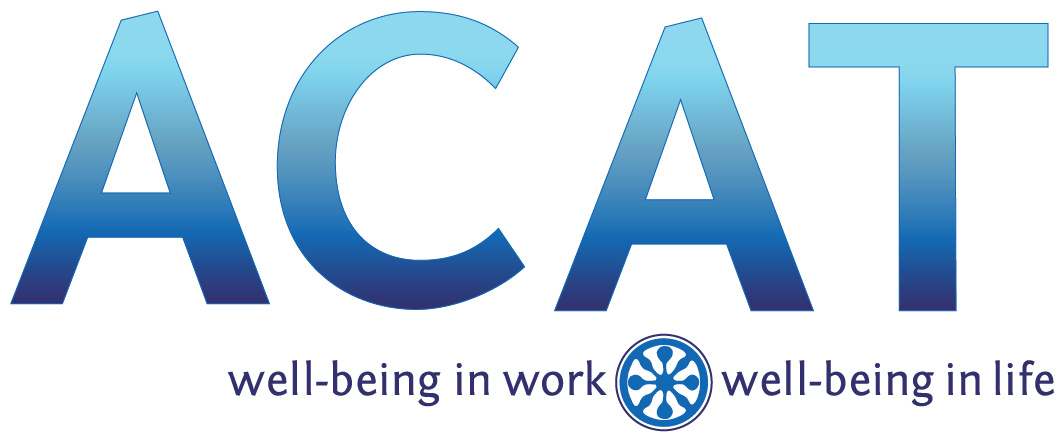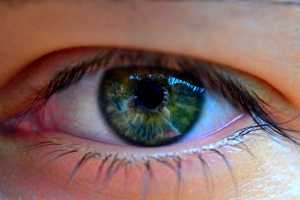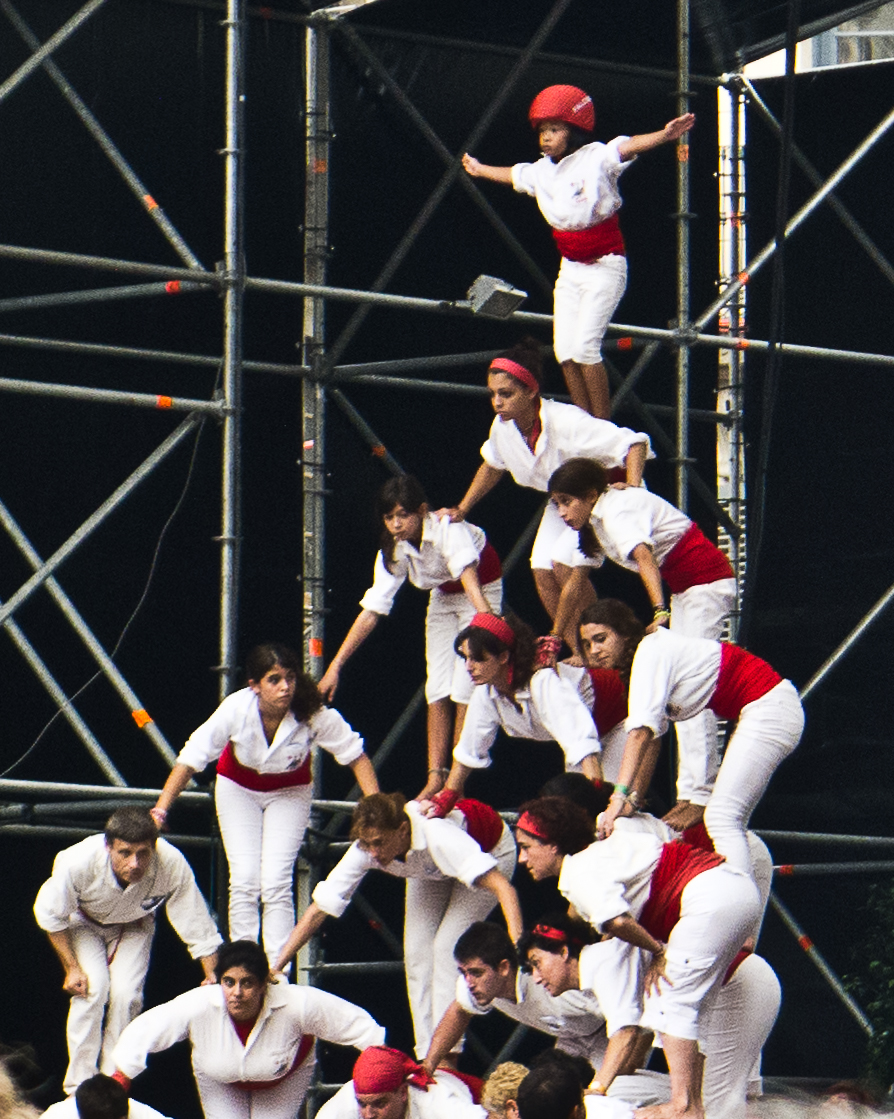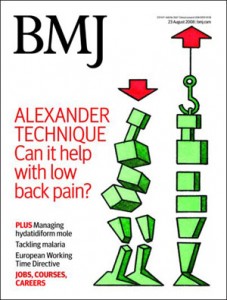 By Dan Cayer
So I guess it’s time to follow through on those New Year’s resolutions… I’m reminded of a quote, “We overestimate what we can accomplish in the short term, and we underestimate what we can accomplish in the long-term.”
By Dan Cayer
So I guess it’s time to follow through on those New Year’s resolutions… I’m reminded of a quote, “We overestimate what we can accomplish in the short term, and we underestimate what we can accomplish in the long-term.”
I have not underestimated my ability to forget the name of this person, but the point seems clear given the various fads of self-improvement out there. When we make a slapdash effort to get fit, start meditating, lose weight, etc. we often have unrealistic expectations for ourselves. If we don’t notice immediate signs of improvement, discouragement might set in and our gym membership or meditation cushion becomes forgotten.
Somewhere in our mind, we know that this will likely happen. That’s part of what creates such intense effort at the beginning – going to the gym five days a week, meditating for an hour at a time – we are trying to right ourselves before the door swings closed again and we go back to our TV-watching, sugar-loving selves (that’s my fear, anyway).
It’s important to remember that what we’re really trying to change is not our present self, but the habits that got our present self to where it is. That means developing daily rituals to help us shift our inertia-driven orbit away from what is easy and familiar, to what may be more challenging but ultimately gratifying. We never say on New Year’s Day – I’m going to have a really impressive three months, and then by April I’ll get too busy and forget it all!
Reach the Sleepy Places
Resolutions become wishful thinking if we don’t take on the areas of our life where we usually operate on autopilot. Let’s say we want to eat healthier but we’ re used to coming home from work stressed, hungry, and scarfing whatever’s around until we are reconstituted enough to make dinner. If we don’t have easy options waiting for us in a bowl when we get home, we will probably pass on the healthy stuff.
One of my resolutions is to improve the way I use technology so I don’t detract from my health. I have a condition where typing even a sentence or dialing a phone number can be extremely painful, so I route all of my computer and phone work through voice recognition. Learning and using the software’s is hard enough, yet it’s been my experience that technology and mindlessness seem to go together. How easy is it to check out in front of a screen?
It’s in these dark places where the habits are at their strongest – like mold! So if we can bring the light of our awareness to the places where we perpetually are discursive, brooding, absent-minded, etc., then imagine how much easier it will be to do it in the rest of our lives! Practicing mindfulness and compassion while using email is like training for a race by running up a huge hill. It’s hard but our muscles (of mindfulness) are getting so much stronger. We’re creating habits that will change our trajectory.
A Culture of Life
To wrest this phrase from its current politicized context, I create a culture of life at my desk. Each morning, I give myself 5 to 10 minutes to clean the surface of my desk, go through piles I left the day before. I check in with my body for a couple moments when I sit down. All around my computer are pictures of my family, beautiful places, and inspiring slogans. I even buy myself flowers occasionally – aw, shucks! They are like medicinal injections to help me be strong enough to fight off speediness, disconnecting from my body, and tunnel vision.
If I didn’t bring so much positive intention, I know it’s easy for me to spiral downward into speed, distraction, and eventually pain. I’m much more productive when my culture of life is thriving around my workspace’s since I’m not working out of a frantic state of mind which often leads to poor decisions and time management. Rather, I’m reminded of the good things in life and how I wish to conduct myself.
How can you create a culture of life at your desk or wherever your autopilot place is? What will provoke you to notice your surroundings and feel more space? (Hint: cleaning up is a really good start.)
This post originally appeared at dancayerfluidmovement.com.
[author] [author_image timthumb='on']http://www.acatnyc.org/main/wp-content/uploads/2014/03/Dan-Head-Shot-13.jpg[/author_image] [author_info]DAN CAYER is a nationally certified teacher of the Alexander Technique. After a serious injury left him unable to work or even carry out household tasks, he began studying the technique. His return to health, as well as his experience with the physical, mental, and emotional aspects of pain, inspired him to help others. He now teaches his innovative approach in Union Square, Carroll Gardens and in Park Slope, Brooklyn. He also teaches adults to swim with greater ease and confidence by applying Alexander principles. You can find his next workshop or schedule a private lesson at www.dancayerfluidmovement.com.[/author_info] [/author]


 by Witold Fitz-Simon
Eye strain is an increasing problem for many of us in our digital world. Our eyes were not built to be constantly staring at a fixed point with a bright light shining straight at them for several hours at a time. They are, in fact, incredibly skilled at tracking the movement of all the things in our environment, as well as moving around themselves, but once you fix your gaze on something for an extended period of time, all sorts of mechanisms can start to go wrong.
by Witold Fitz-Simon
Eye strain is an increasing problem for many of us in our digital world. Our eyes were not built to be constantly staring at a fixed point with a bright light shining straight at them for several hours at a time. They are, in fact, incredibly skilled at tracking the movement of all the things in our environment, as well as moving around themselves, but once you fix your gaze on something for an extended period of time, all sorts of mechanisms can start to go wrong. by Jeffrey Glazer
For those familiar with the popular Seinfeld show, there is an episode during which Jerry and George are thinking of ideas for a sitcom to pitch to NBC. George comes up with the idea to make it “a show about nothing”.
by Jeffrey Glazer
For those familiar with the popular Seinfeld show, there is an episode during which Jerry and George are thinking of ideas for a sitcom to pitch to NBC. George comes up with the idea to make it “a show about nothing”. by Witold Fitz-Simon
by Witold Fitz-Simon


 by Barbara Curialle
Having spent Thanksgiving week coping with a case of bronchitis, I’ve come away with a few suggestions on dealing with the most irritating (in every sense) part of the problem—the coughing.
by Barbara Curialle
Having spent Thanksgiving week coping with a case of bronchitis, I’ve come away with a few suggestions on dealing with the most irritating (in every sense) part of the problem—the coughing. by Brooke Lieb
When people hear that I teach Alexander Technique, they often comment "Oh, that's about standing up straight", or say something apologetic or sarcastic. Then they inevitably pull themselves up into their version of "Good Posture".
by Brooke Lieb
When people hear that I teach Alexander Technique, they often comment "Oh, that's about standing up straight", or say something apologetic or sarcastic. Then they inevitably pull themselves up into their version of "Good Posture". by Witold Fitz-Simon
The internet has
by Witold Fitz-Simon
The internet has  by Karen Krueger
by Karen Krueger by Tim Tucker
Note: The ACAT Faculty began working with NVC to meet our need for effective and empathic ways of communicating with our teachers-in-training. Alexander's work asks us to address our use on every level. Many of us found NVC supported that desire in the areas of perceiving, listening and speaking in ways that inhibited end-gaining and allowed us to support ourselves and our students in accessing a non-defensive and thoughtful internal state in which to learn how to teach the Alexander Technique. We added the book to our required reading so our teachers-in-training were introduced to NVC while on the course. All of our students are asked to write a response paper to a number of texts, including NVC, as part of their certification requirements. The following is Tim Tucker's response paper. —Brooke Lieb, Director, Teacher Certification Program
by Tim Tucker
Note: The ACAT Faculty began working with NVC to meet our need for effective and empathic ways of communicating with our teachers-in-training. Alexander's work asks us to address our use on every level. Many of us found NVC supported that desire in the areas of perceiving, listening and speaking in ways that inhibited end-gaining and allowed us to support ourselves and our students in accessing a non-defensive and thoughtful internal state in which to learn how to teach the Alexander Technique. We added the book to our required reading so our teachers-in-training were introduced to NVC while on the course. All of our students are asked to write a response paper to a number of texts, including NVC, as part of their certification requirements. The following is Tim Tucker's response paper. —Brooke Lieb, Director, Teacher Certification Program
 by Brooke Lieb
[*Please note, I am fully healed and my love of dogs is fully intact!]
by Brooke Lieb
[*Please note, I am fully healed and my love of dogs is fully intact!]
 by Karen Krueger
Teaching the Alexander Technique can be lonely. After the structure and camaraderie of training, it can be daunting when we suddenly find ourselves having to create our own schedules, our own ways of self-care, continued learning and practice development.
by Karen Krueger
Teaching the Alexander Technique can be lonely. After the structure and camaraderie of training, it can be daunting when we suddenly find ourselves having to create our own schedules, our own ways of self-care, continued learning and practice development.
 by Witold Fitz-Simon
In a
by Witold Fitz-Simon
In a